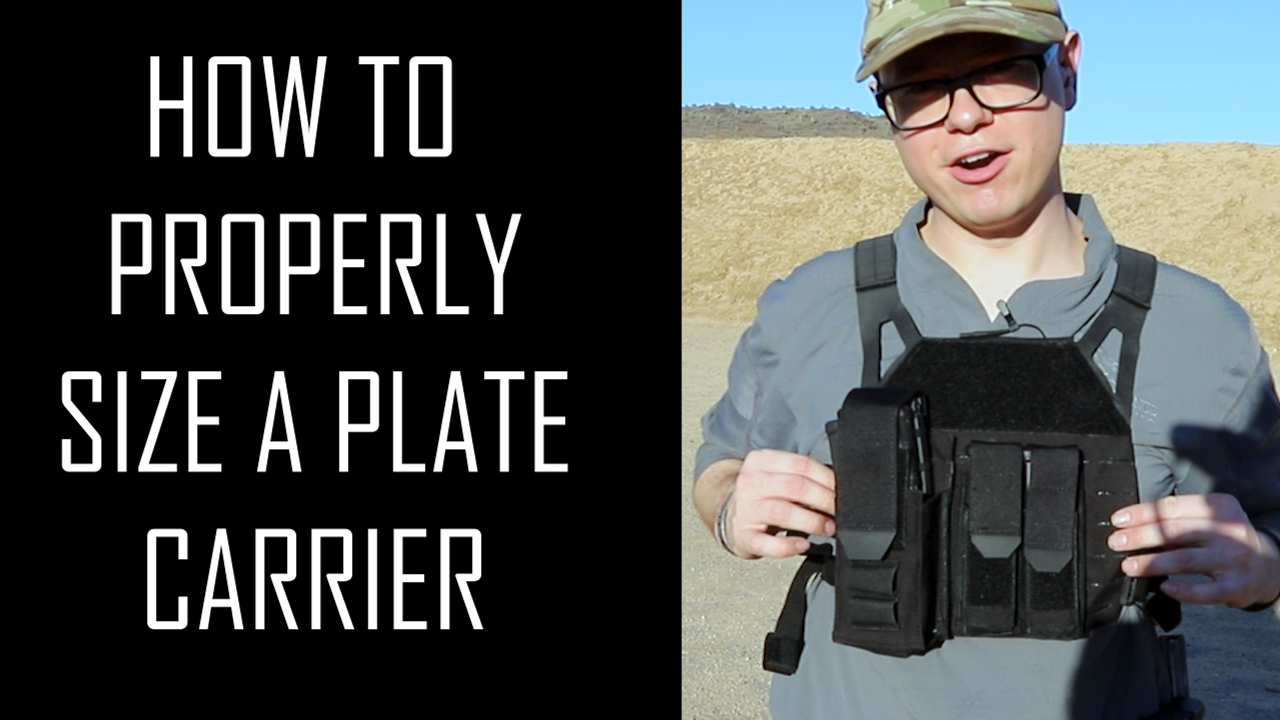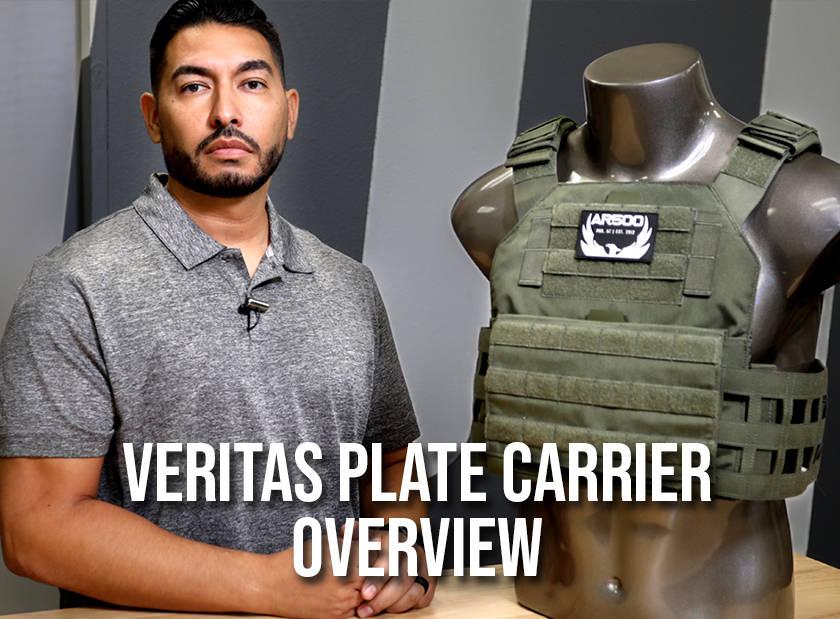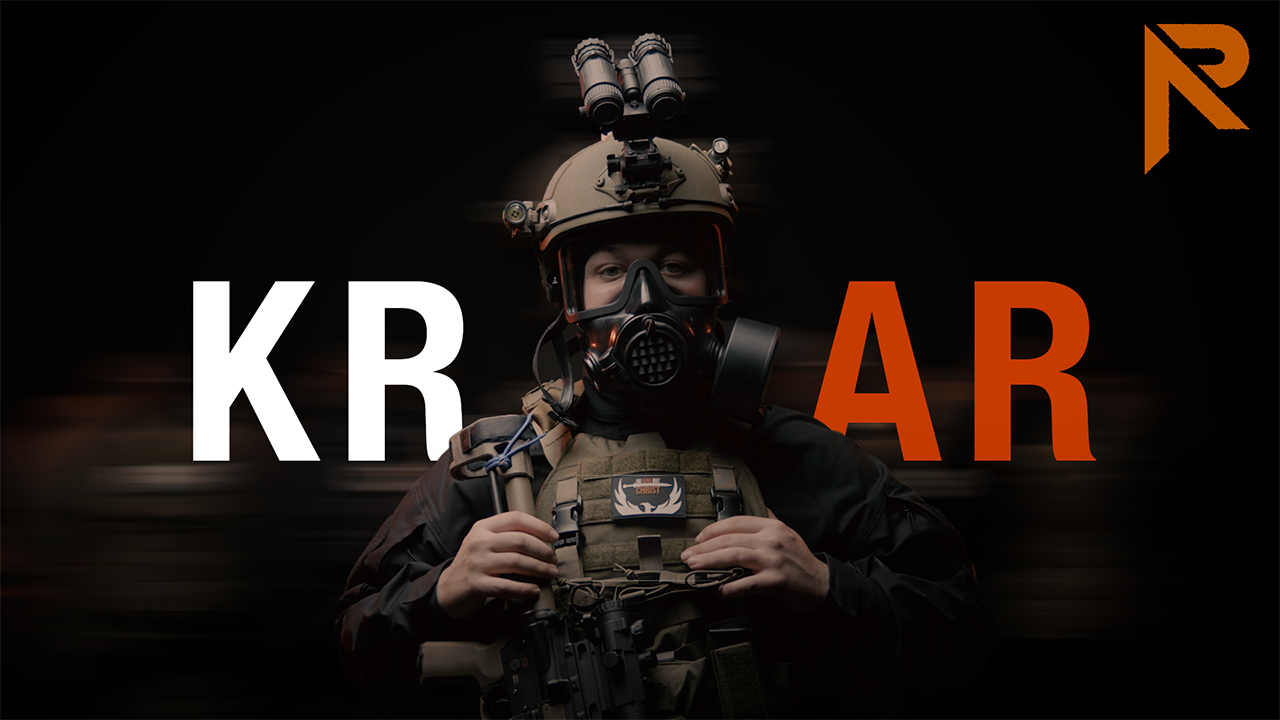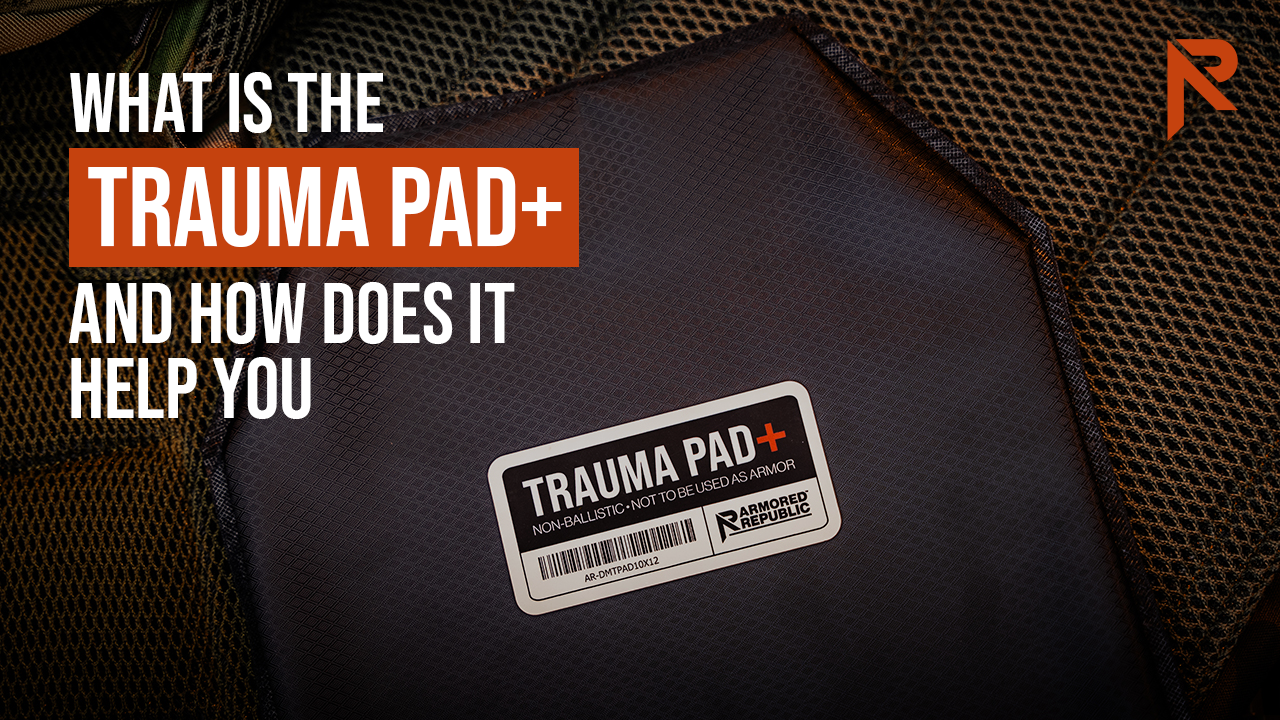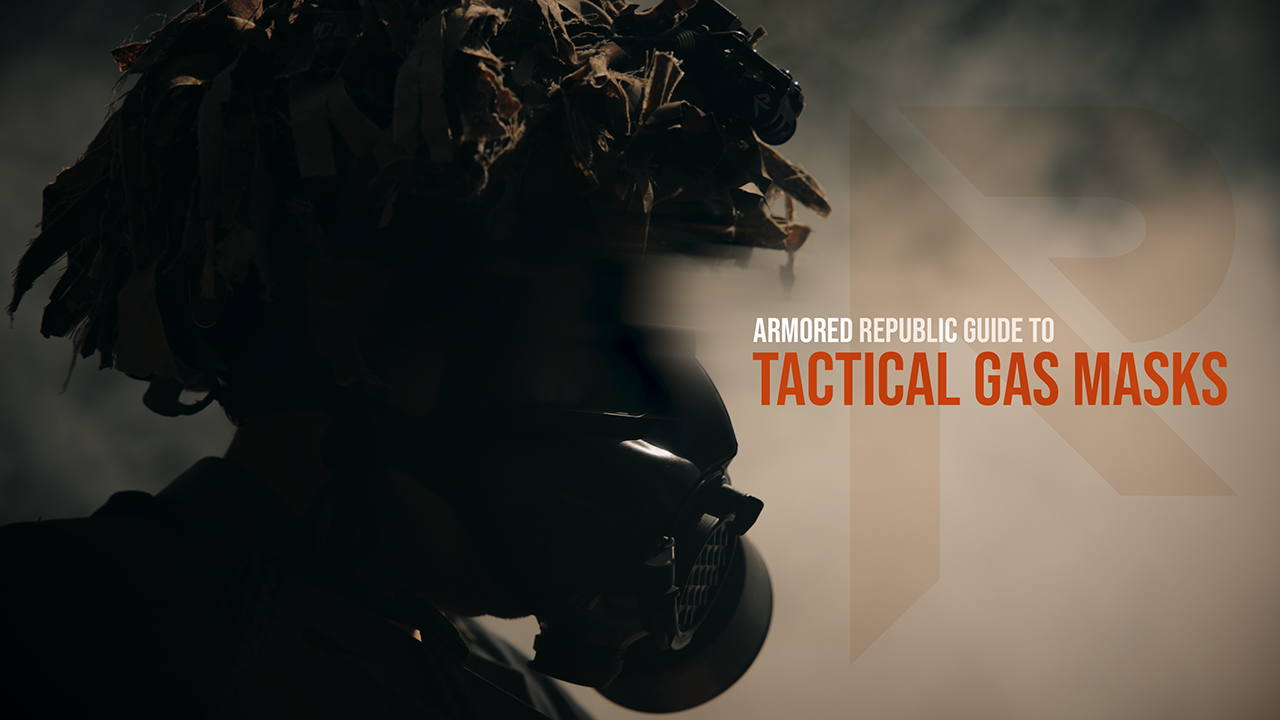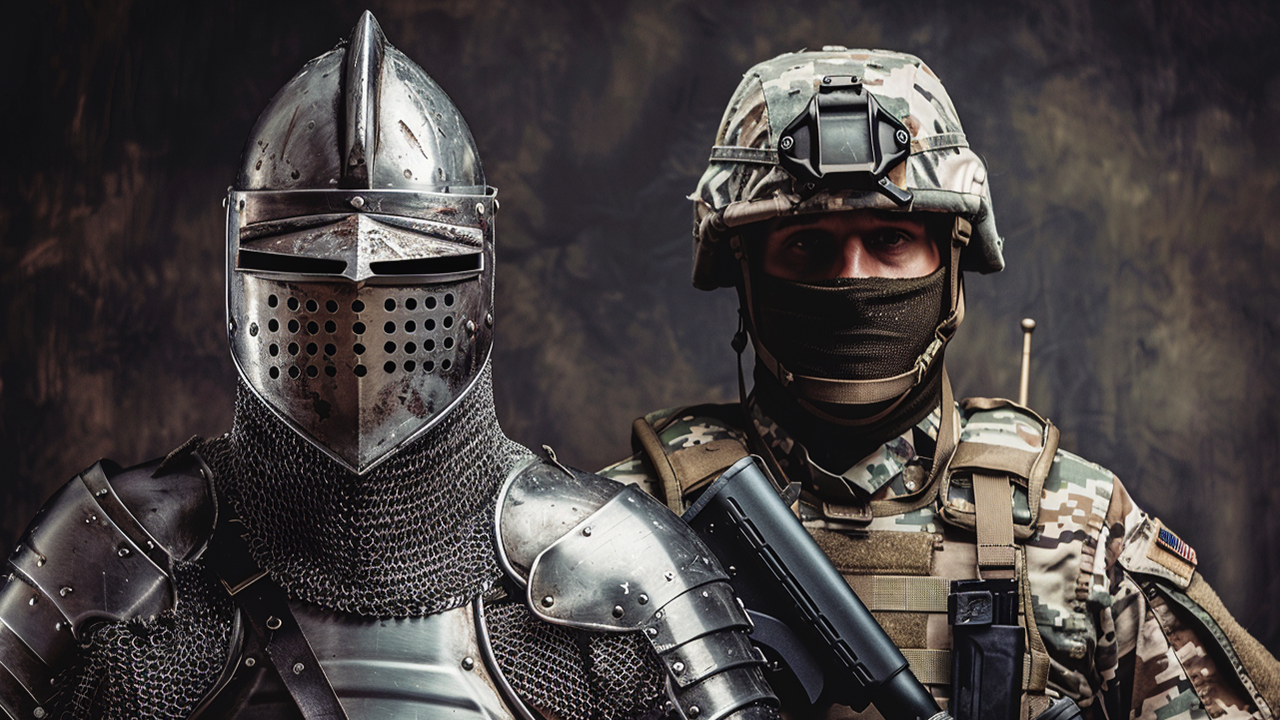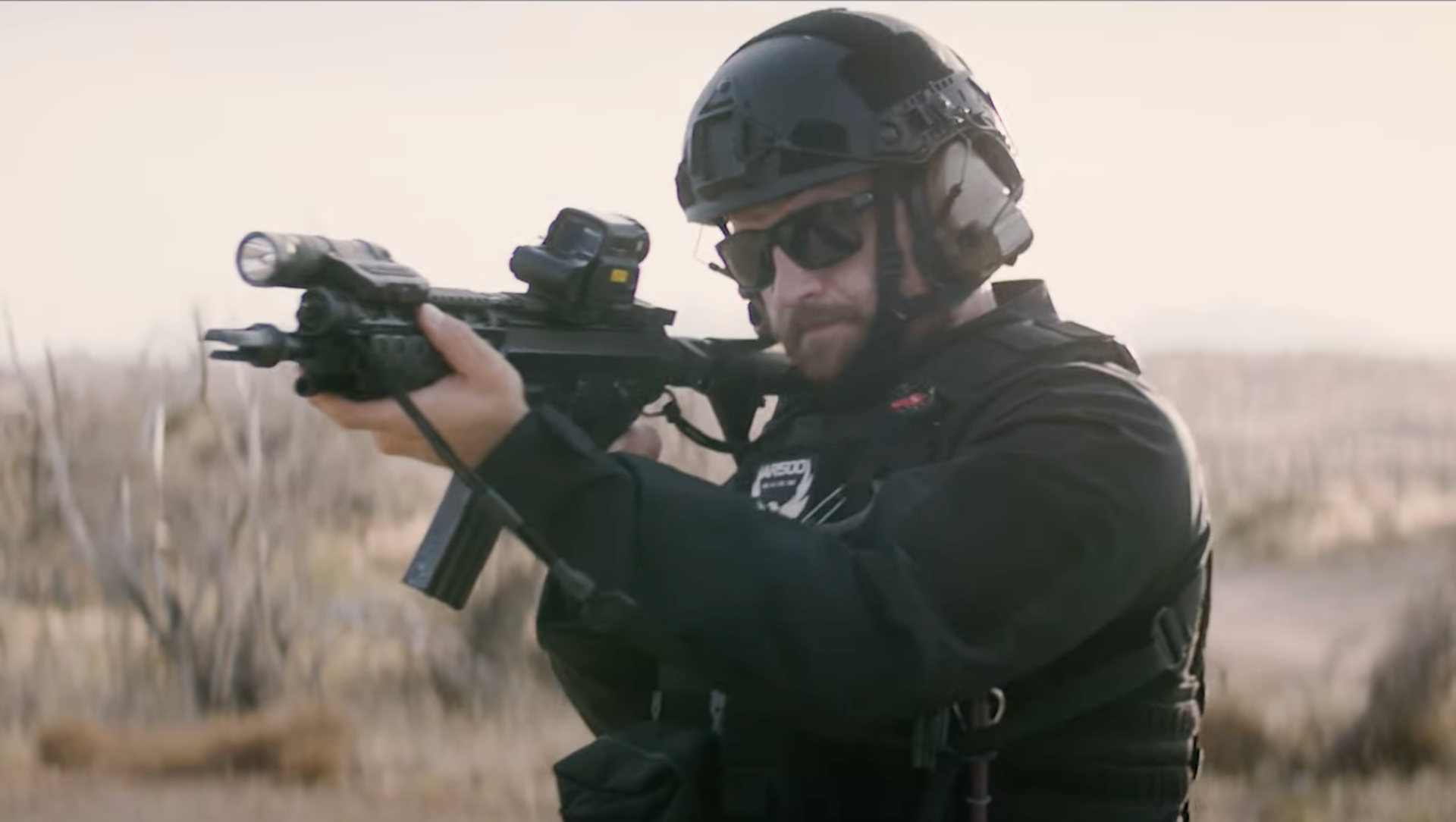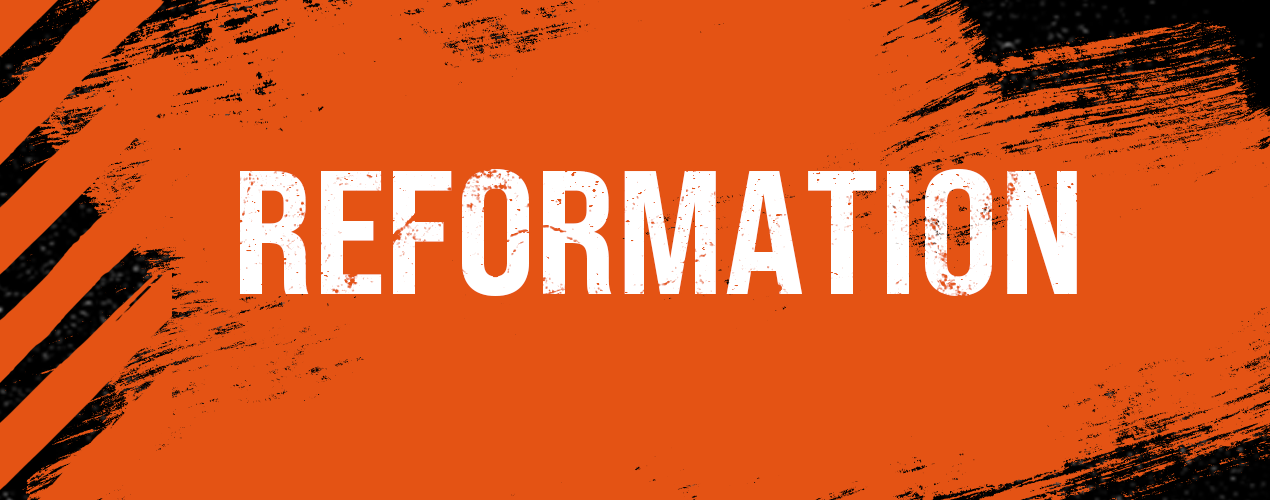Right Tools for the Right Job: Getting Proficient
- Sep 21, 2020
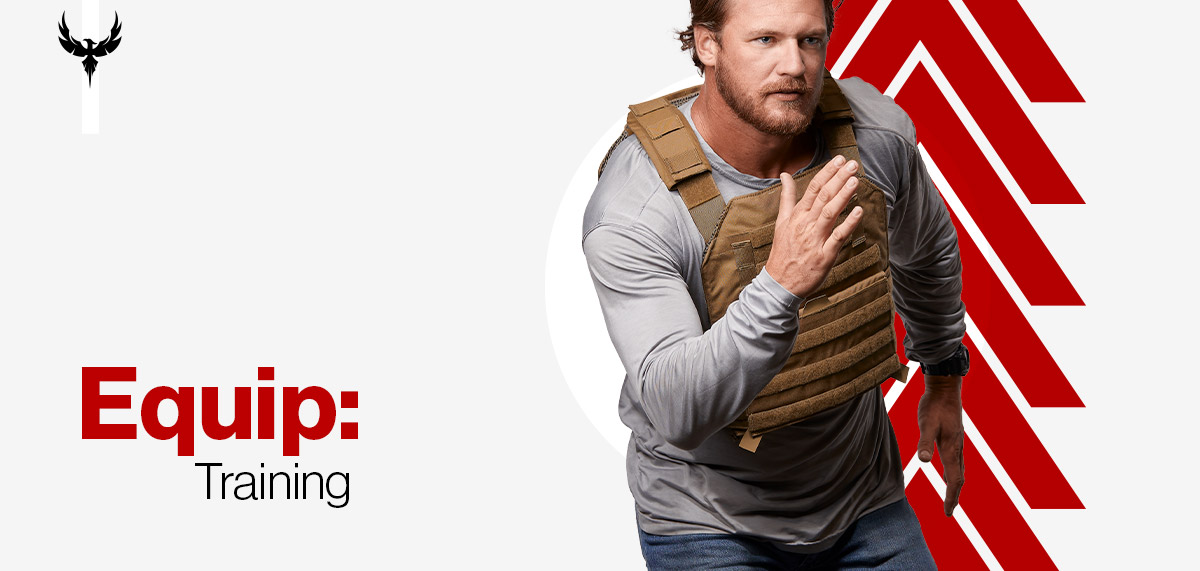
In previous installments of our series on equipping yourself, we’ve looked at several things:
- The “why” you want or need to purchase the gear you’re interested in
- How to select and care for that gear
- Why training and, especially, training with the equipment we’ll use is vital
In this blog, we will touch on some things you can do to become more proficient in the use of arms and armor. Remember, “We don't rise to the level of our expectations, we fall to the level of our training.”
Be Willing to Get Uncomfortable
Having gear that fits well and holds your magazines and equipment securely, firearms that are reliable and are zeroed, and cans full of ammunition are a great start. But if you can’t function while wearing the gear because you’re out of shape or can’t hit your target because your marksmanship skills are lacking, then you’re relying on luck and not competence.
You have to fully realize that being comfortable isn’t the same as being good, and doing what you’ll need to do to get good will require time and discipline, perhaps significant amounts of each depending on the skill level you wish to obtain.
"Discipline is doing what you hate to do, but nonetheless doing it like you love it." - Mike Tyson
Everyone wants to be John Wick until it’s time to do John Wick training. Becoming proficient is simple: put in the time and effort. Keanu Reeves spent months training for each film in order to do scripted action sequences in situations where people were not trying to kill him in real life, from an instructor who is a world-class competition shooter. So what can you do?
Get in shape - There are so many strength and endurance training regimens on the market that recommending one is out of our lane. Find something you like, something that works, and something you’ll do consistently.
Learn the basics - Whether it’s an NRA basic firearms program, a basic handgun/rifle course, or a full-on Level I weekend tactical firearms course, you have to have a firm grasp of the basics of safety, firearms manipulation (loading, unloading, cleaning), using iron and optical sights, and basic marksmanship skills.
Amateurs train until they get it right, professionals train until they can't get it wrong
This often-quoted saying, while cliché, really does apply when it comes to gaining, maintaining, and improving your skill at arms. Training is a continuous process, and here are a couple of things you can do to help in this area.
Dry-fire Training - One of the best ways to practice fundamentals is by making dry-fire practice a regular part of your training. This is even more relevant now with the current scarcity and expense of ammunition in 2020.
After creating a safe-space...and by this we mean no live ammo or loaded magazines or firearms in the training area...you can practice a variety of weapon handling and marksmanship basics skills, such as draw/presentation, trigger press and control, target acquisition and transition, and malfunction drills. If you observe the four fundamental rules of gun safety, you can easily and safely practice dry firing almost any time.
Shoot competitions - There are many pro- and anti-competition-as-training opinions, and they’re all probably correct to some degree. Is competition shooting the same as a gunfight or even tactical training? No, and we don’t know many who would make that claim. Competitions, however, can do several things:
- Provide a benchmark for your skills and training
- Provide feedback on how your training affects your speed and ability to make hits under time-pressure
- Helps develop strategic thinking and ammunition management strategies
- Are a lot of fun
Don’t confuse competitions with realistic gunfighting, because they are not. But, done right, competition shooting can be an excellent way of judging the effectiveness of some elements of your training and marksmanship.
Conclusion
Do not mistake weapon handling skills with gunfighting skills. Elite military forces spend years to attain the skills needed to do their mission, which involves fighting on a two-way range. If you own firearms for self-defense, understand there are no shortcuts. It will take time and dedication, but when your life or the lives of loved ones are at stake, you will never wish you had less training.
“For the moment all discipline seems painful rather than pleasant, but later it yields the peaceful fruit of righteousness to those who have been trained by it.” Hebrews 12:11 ESV
